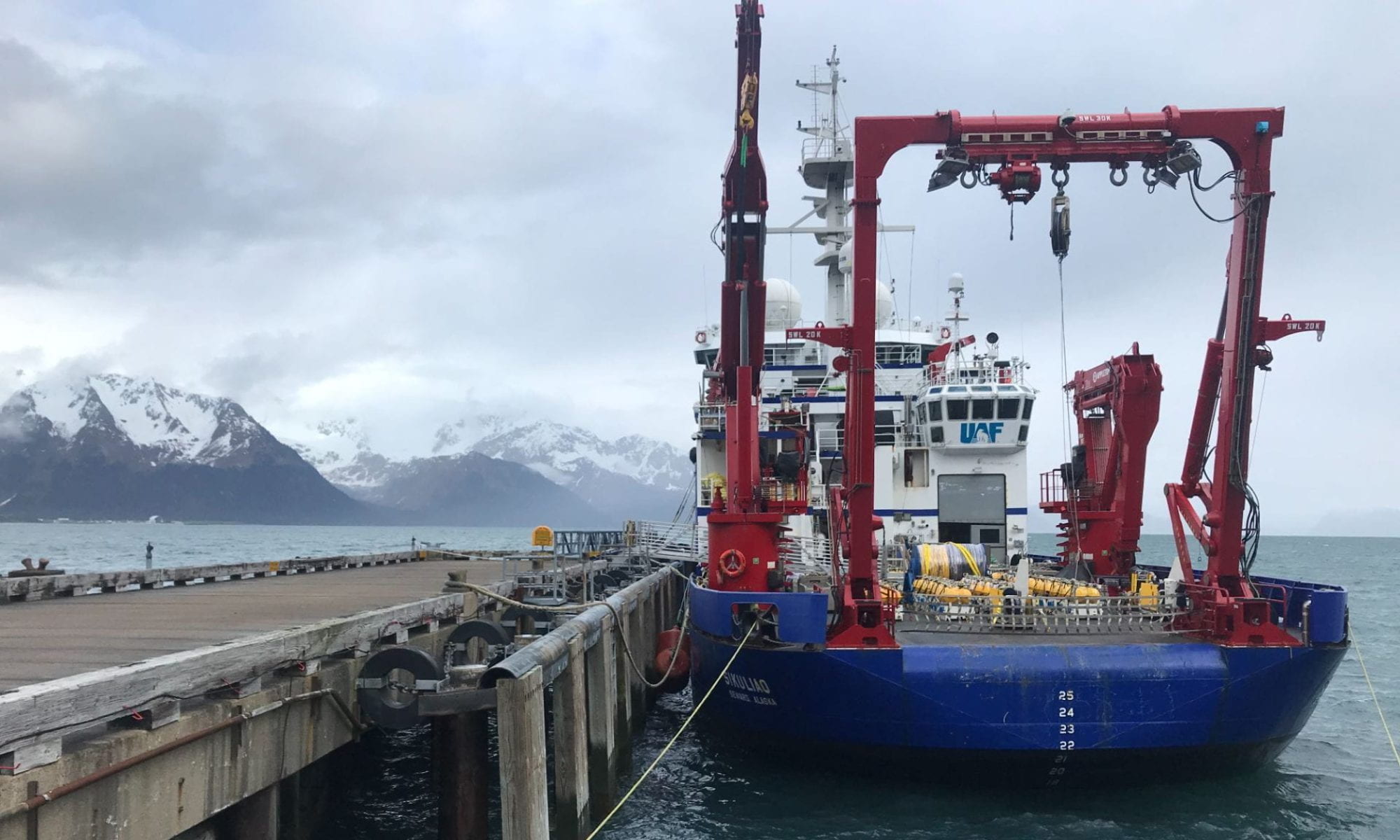There seems to be a running trend that when we split up, disaster strikes one of the teams. (See my previous entries where each respective team got lost on two separate days)
Our splitting up today turned out to be no different, except this time, both teams encountered issues regarding the equipment. The team of three (Gabriel, Darcy, and I) planned to recover two instruments and after a breezy first recovery, we headed up to the 30-degree slope for our second recovery of the day.
Upon our arrival, we got word of a tragedy from Samer and Luis. Someone had cut one of the electrode lines in two places! And that apparently wasn’t enough for them, the culprit then stole an entire electrode! Keep in mind was fully buried! Below is a picture of an electrode.

Thankfully, these electrodes are by far the cheapest piece of equipment we put out and in fact, we have several extras as backups. For all purposes besides MT deployment, the electrodes are totally useless. Maybe the thieves needed a super ugly paperweight, but in any case, we are lucky they didn’t take any of our less disposable equipment. More importantly, a quick glance at the data suggested that the electrode was not stolen until later in the deployment, meaning we had plenty of data recorded to salvage the site.
After this news, we proceeded, as usual, to finish our recovery at the super steep site. We always make sure to check the data from the SD card before removing any of the equipment. This time it was a good thing we checked the data, or should I say lack thereof. The receiver was intended to run for 2 days—most importantly it had been running during the large magnetic storm—but did not collect a single scrap of data! We are not sure why this happened, but it may be something wrong with the receiver itself as some of the previous receiver calibrations failed on this particular instrument. This it could easily be fixed by simply replacing the malfunctioning receiver with the one we had just recovered and adding a fully charged battery. This way, all our hard work spent digging in the precarious site would not be wasted.
However, the loss of just one of our six receivers would be a major blow to productivity, thank goodness we had new team members arriving on March 2nd! One of these was Oliver Azevedo, a current Ph.D. student of the EGL lab, who conveniently had access to the four lab-owned receivers. We hatched a plan to have him carry one of the suspicious-looking metal boxes with lots of dials on it as his personal item on his international flight from Atlanta. The whole package looks somewhat like a large purse until you open it and see this strange metal box! So long as he has no issues boarding the plane at security, this would be the solution to our newfound issue.

After swapping the receivers and re-starting the recording, we headed out to meet up with Samer and Luis for our next planned deployment of a new permanent site. We would soon be switching hotels to one on the coast, meaning our former permanent site would be too far of a drive to reach conveniently for swapping batteries (the receivers can run for about three days on two medium-sized car batteries).
The location for this site was not only perfect from a data quality perspective, but it also had the most gorgeous tree that seemed to be its own ecosystem where we were able to park the truck in the shade. (Shown below). This tree even had pitaya cacti, which in English is this known as dragon fruit, growing from some of its branches! We were also surrounded by screeching cicadas that made the site feel even more ethereal. The owners were super relaxed and came with us to the site and asked lots of questions.



Getting back on topic, this deployment was a sweaty one! The sun was beaming overhead with not a cloud in sight, we didn’t deploy in the shade because deploying too close to the big tree would mean roots in our holes. It felt muggier than it had during the past couple of days. After such a hot and humid deployment, we decided to stop for some much-needed juice and later some fresh coconut water. This coconut water tasted even better than the last time around! The empty coconuts added to the already cluttered nature of our trusty field vehicle. We saved them to eat the inner coconut meat later that day when Samer used a machete to cut them open.

We headed to dinner and saw this gorgeous sunset on the way!

After a much-needed swim in the pool, we called it a day!
March 1st Progress Update:

Yellow marker: currently recording. Green marker: recovered stations. The yellow house is our hotel in Nicoya.




















































